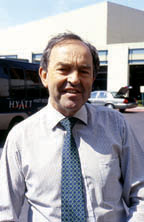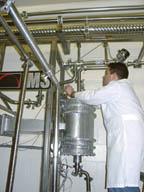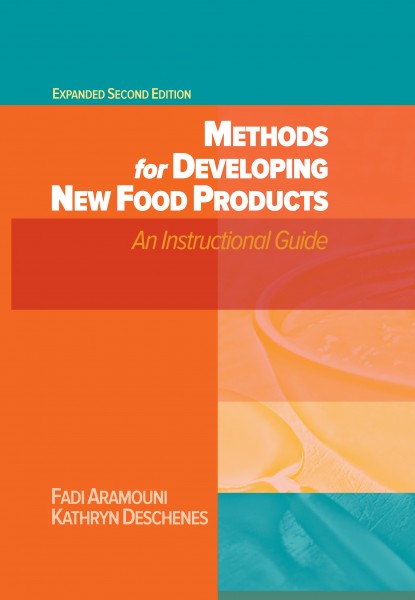
IMS was founded in 1997 by two electrical engineers, Professor William T. Joines of Duke University and protégé J. Michael Drozd. The men conceived a method to focus the energy from a magnetron and overcome the uneven heating that characterizes the technology. They developed two systems for controlling electromagnetic energy: a cylindrical chamber through which fluids flow, and a planar system for drying on a moving belt. The planar requires a conveyor. Last fall, Harahan, La.-based Laitram LLC, which also owns conveyor belting manufacturer Intralox, acquired IMS. The potential synergies have made planar applications a priority for now, although continuous-flow processing in a tube may become the technology's most dynamic food processing application.
An IMS microwave cylindrical heating system was installed two years ago in an aseptic pilot plant at the Center for Advanced Processing and Packaging Studies (CAPPS) at North Carolina State University. The system feeds electromagnetic energy into two applicator chambers, one to preheat viscous product and the second to achieve extended shelflife or asepsis. Near-instantaneous heating is achieved with product flowing through the chambers in a 1.5-inch diameter pipe at a rate of about two gallons per minute. The system has been tested extensively on fluids of varying viscosity, and work with particulates is underway. The absence of hot surfaces minimizes the problem of product burn-on, and noncontact, rapid heating and cool-down make the process well suited for heat-sensitive proteins and nutrients.
Bringing the microwave system to the commercial world is David L. Parrott, IMS's general manager, food group. Before joining IMS, Parrott was general manager, North American operations for API Schmidt-Bretten, a fabricator of sanitary heat exchangers. He spent 22 years with the APV Group, filling technical development and managerial positions worldwide. Parrott holds undergraduate and advanced degrees in chemical engineering, specializing in non-Newtonian heat transfer. Food Engineering spoke with him recently at the International Petfood Forum in suburban Chicago.

Parrott: Most genius ideas are very simple in concept, and that's the case here. Whereas others have taken the traditional way of delivering microwave energy to a product and then trying to overcome the problem of hot and cold spots with multimode chambers and other techniques, Joines and Drozd first addressed the issue of non-uniformity. They devised a waveguide to focus microwave energy into a cylindrical format that transfers energy evenly into whatever was flowing through the applicator.
FE: How does cylindrical microwave heating work?
Parrott: There are three principal parts to the system: the microwave generator and control system that delivers the power according to the desired temperature, pressure and flow; the cylindrical applicator where energy is focused back toward the center, where the tube containing the product is situated; and the waveguide that brings energy from the generator to the cylinder. The geometry of the applicator can be elliptical or circular, depending on the product.
The walls of the tube containing the product are made of Teflon or ceramic. The CAPPS pilot plant system delivers up to 60 KW of power, with energy split and directed to two applicators. Food could be gelatinized in one applicator, then sterilized in the other. This also allows for temperature equalization between the two chambers and more targeted temperature ranges within each. Product might arrive at the second applicator at 167


